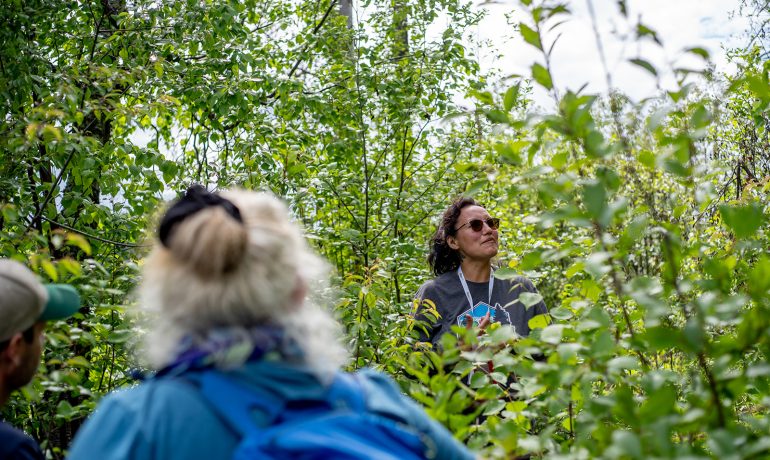This article is an opinion piece written by Jim Hinton
==================================
We tend to be wasteful when we have an abundance which is true in the forest industry as well.
For example when I first started working in the forest service in the 1970s some trees like pine were considered weed species while fir and spruce trees were the favourite with the bigger trees being the most desirable.
In the Cariboo and many other parts of the province as our forest inventory improved and we realized how much volume was attributed the smaller diameter trees especially pine, the industry evolved to use the so called inferior parts of the forest fibre basket.
It was all related to the tenure holders trying to convince the government that they could use a wider variety of species and smaller sized trees so a higher annual allowable cut (AAC) was feasible. Commercial thinning could be one of the ways for making up the recent losses due to beetle and wild fire.
As described in a July 1999 government document limited commercial thinning has been undertaken in British Columbia, the majority in the Sayward Forest on Vancouver Island.
The traditional objectives of commercial thinning are to obtain wood volume or revenue earlier than the final harvest as well as to improve the growth of residual trees along with the quality of the stand by removing dead, diseased and deformed trees.
A recent article in the logging and sawmilling journal author Jim Stirling provides some interesting background on commercial thinning potential in this province.
“British Columbia’s forest industry tends to apply silvicultural techniques only when forced. Now is one of those times. Canfor, West Fraser and Carrier Lumber are among the growing number of companies taking a serious look at applying commercial thinning techniques on appropriate stands in B.C.
“Selecting the most appropriate sites for commercial thinning will be an early and essential part of the learning curve for B.C. companies.
“Which stands will prove the best candidates for commercial thinning? How can they best be laid out and designed to contain costs as much as possible while meeting the forest company’s expectations for the amounts and quality of the wood extracted?
“Although unusual circumstances have combined to create the necessity of interest in commercial thinning techniques, they may well prove to have an accepted role in forest management.
Related Post
As Published in Canadian Forest Industries Magazine, Pulp & Paper Magazine and Canadian Biomass Magazine
Jennifer Gunter’s Op Ed, “Community Forests: Rooted in Community,
Minister of Forests Mandated to Expand BC’s Community Forest Program
In the recently released mandate letter to the Minister



